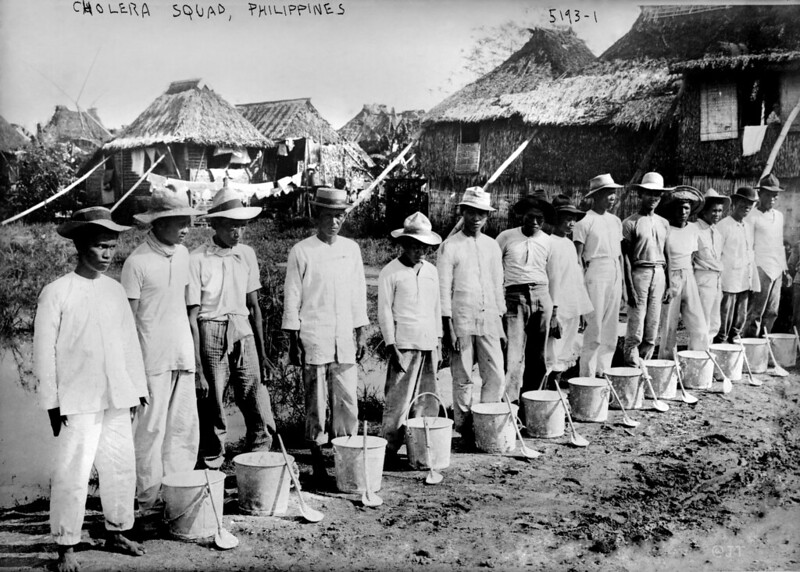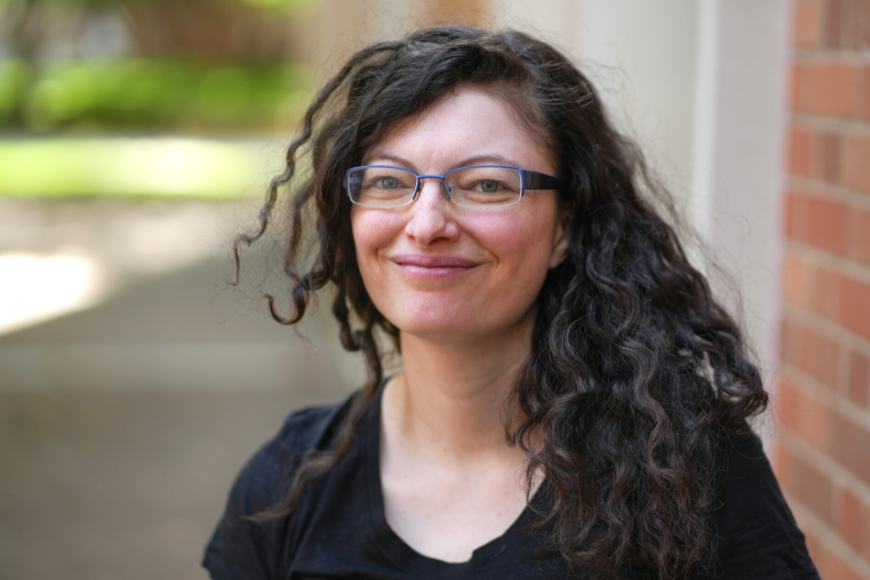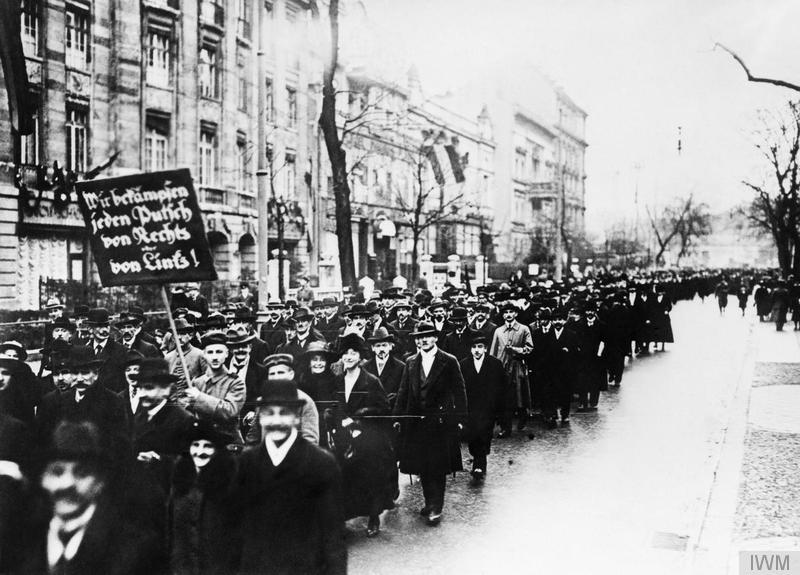12 October 2023 Seminar: Cholera & Spanish Flu in the Philippines
For the next Pandemics & Society Seminar of our Fall 2023 series, we are pleased to welcome Professor Francis Gealogo (Ateneo de Manila University). The seminar will be held on Thursday, 12 October at the normal time (1600 CEST). More information about our speaker and the presentation is below. You can sign up for email notifications about the seminar series, including the Zoom details, here.

Abstract
The Cholera Epidemic of 1903-05 and the 1918 influenza pandemic were one of the most virulent epidemics ever to hit the American-occupied Philippines. The impact of the contagion was felt unevenly by the population of the islands, with some populations becoming more vulnerable to the disease compared to others.
The presentation analyzes the environmental and ecological dimensions of the spread of the disease, and the attempts by different sectors to contain the epidemic, or mitigate its impact for those already affected by the outbreak. Specifically, the paper will assess the pandemics as experienced in prison populations, leper colonies, and military camps as examples of confined populations and rural ethnic communities, urban and suburban communities as examples of unconfined populations. The official government actions as well as the people’s perception about the pandemics in these population types will also be analyzed in order to advance the evaluation on the social dimension in the history of this pandemic from the prism of medical and demographic history. Finally, the paper will present the Philippine experience during the cholera and influenza pandemic and contextualize them as part of the Philippine colonial experience under the United States.
About the Speaker
Francis A. Gealogo is Professor and former Chairman of the Department of History of Ateneo de Manila University and former Commissioner of the National Historical Commission of the Philippines. He currently holds the Horacio de la Costa Professorial Chair in History at the Ateneo de Manila. He obtained his Bachelor of Arts degree in History (cum laude), Master of Arts in History and PhD in Philippine Studies, major in History from the University of the Philippines Diliman. He was Fulbright Senior Fellow at the University of Michigan in Ann Arbor, and was Rene Descartes Senior Fellow for the History and Philosophy of Science and the Humanities at the Utrecht University, the Netherlands. His article “The Philippines in the World of the Influenza Pandemic of 1918–19” was awarded as one of the Most Outstanding Scientific Papers of the National Academy of Science and Technology. He served as Editor of the Diliman Review and Managing Editor of Philippine Studies: Historical and Ethnographic Viewpoints and served as Associate Director for Research at the Ateneo Institute of Philippine Culture. He is currently Secretary of the History of Medicine in Southeast Asia (HOMSEA); Vice President of Ibon International, and Lead Convenor of Tanggol Kasaysayan, an organization of historians, researchers, and professors of history campaigning against negative historical revisionism. His semi-regular column BALIKSAYSAY is appearing in the alternative media outfit Bulatlat.




